Businesses to receive unique Twitter verification badge in platform overhaul
There will be new verification systems for businesses, governments, and individuals - each receiving differently coloured checkmarks
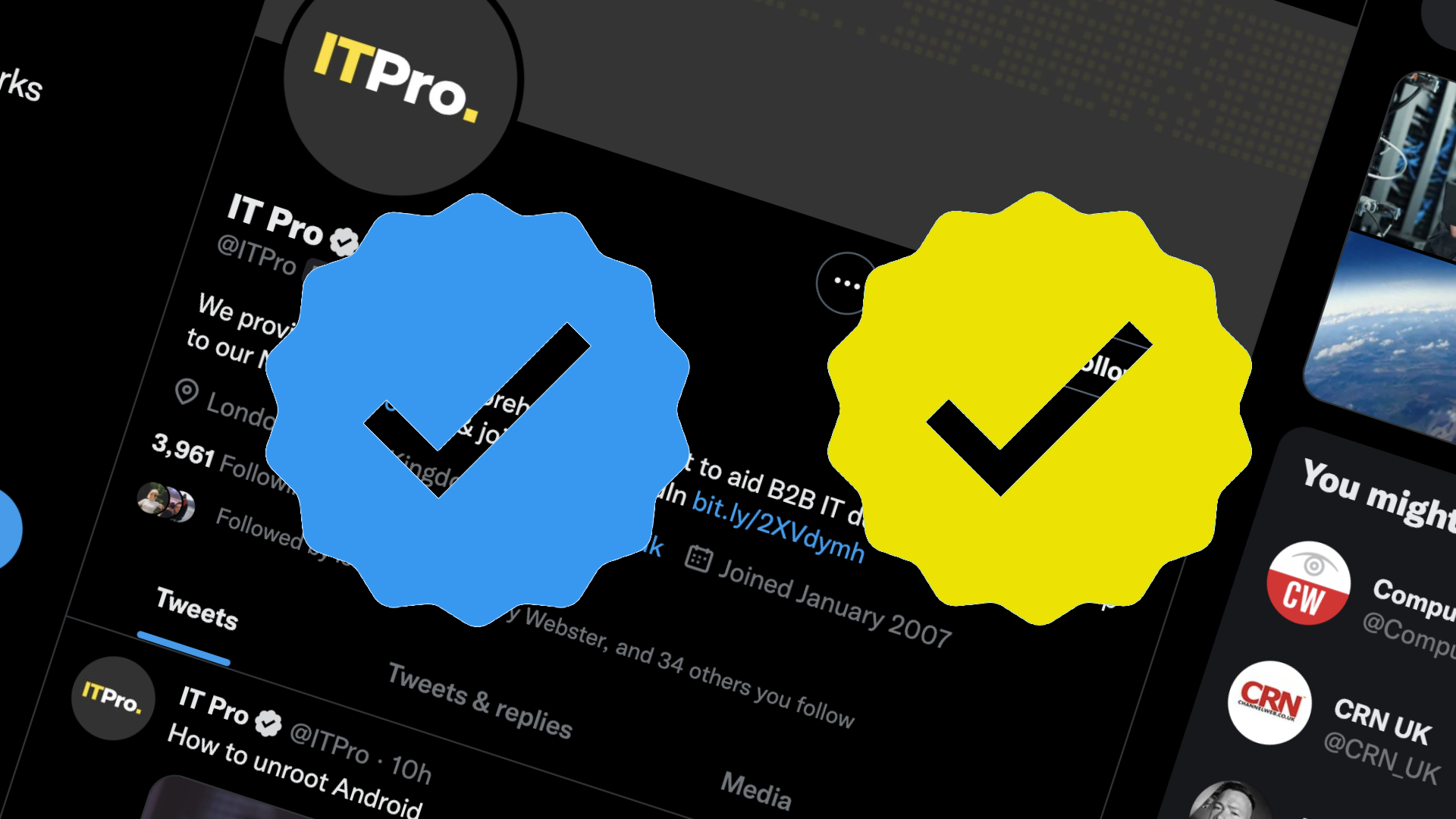

Twitter CEO Elon Musk has confirmed that the platform will give businesses a new type of verification to differentiate between types of organisations and individuals.
Verified businesses will receive a gold checkmark next to their profile name as opposed to the traditional blue checkmark that has been standard for all verified accounts since Twitter’s inception.
Blue checkmarks will remain for previously-verified individuals before Musk’s takeover, and also for Twitter Blue users - those who pay the Musk-introduced $8 subscription for paid verification.
He said government accounts will be designated a grey checkmark, similar to the grey ‘Official’ tag that the platform is currently trialling to differentiate accounts like genuine news organisations from paid-for Twitter Blue impersonations, for example.
He said the new approach will roll out next week on Friday 2 December and that “all verified accounts will be manually authenticated before check activates. Painful, but necessary”.
Responding to one Twitter user, Musk said that individuals with blue checkmarks can also choose to display a second, smaller logo that indicates they are part of an organisation, providing that organisation verifies their affiliation with it.
This means businesses and other organisations with a verified Twitter presence will also be able to offer their staff the chance to officially show they are part of the organisation.
Get the ITPro daily newsletter
Sign up today and you will receive a free copy of our Future Focus 2025 report - the leading guidance on AI, cybersecurity and other IT challenges as per 700+ senior executives
RELATED RESOURCE

A strategic guide for controlling and securing your data
Forrester's data security control framework
The development could be especially useful for larger companies that need to ensure their staff aren’t impersonated - an issue that’s been rife on Twitter since Musk introduced paid verification.
A more detailed explanation of the changes is expected to be publicised when the new-look verification rolls out next week, Musk said.
Musk sought to overhaul the platform’s verification system as one of his first of many changes as CEO. The Tesla chief said that introducing paid verification would help limit the success and reach of ‘bot’ accounts, an issue which has led many users to be inundated with scam messages and exposed to misinformation.
Twitter Blue has been heavily criticised since its launch. One issue was that people thought account impersonations would become rife.
The prediction quickly turned to reality as many users impersonated Musk himself, as well as other organisations, posting unsavoury and PR-unfriendly tweets in an attempt to both defame the CEO and draw attention to the issues that 'verification-for-all' could present.
Other figures that were impersonated included senior politicians and former heads of state. The timing of the launch was further criticised for being so close to the midterm elections in the US.

Connor Jones has been at the forefront of global cyber security news coverage for the past few years, breaking developments on major stories such as LockBit’s ransomware attack on Royal Mail International, and many others. He has also made sporadic appearances on the ITPro Podcast discussing topics from home desk setups all the way to hacking systems using prosthetic limbs. He has a master’s degree in Magazine Journalism from the University of Sheffield, and has previously written for the likes of Red Bull Esports and UNILAD tech during his career that started in 2015.
-
 Should AI PCs be part of your next hardware refresh?
Should AI PCs be part of your next hardware refresh?AI PCs are fast becoming a business staple and a surefire way to future-proof your business
By Bobby Hellard
-
 Westcon-Comstor and Vectra AI launch brace of new channel initiatives
Westcon-Comstor and Vectra AI launch brace of new channel initiativesNews Westcon-Comstor and Vectra AI have announced the launch of two new channel growth initiatives focused on the managed security service provider (MSSP) space and AWS Marketplace.
By Daniel Todd
-
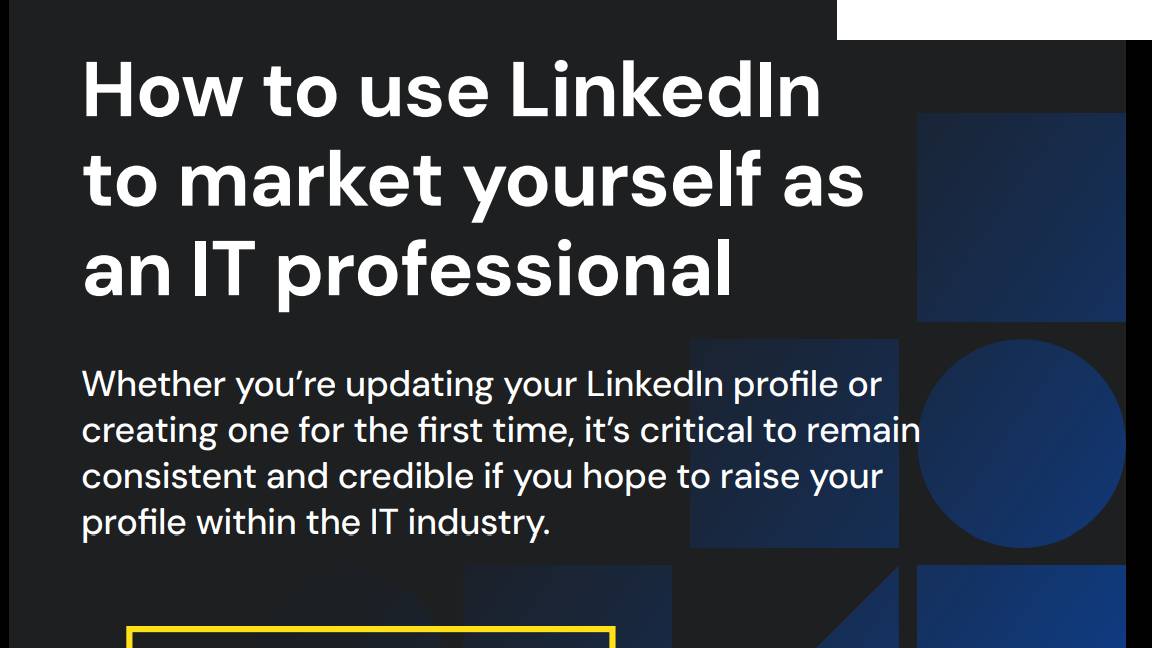 How to use LinkedIn to market yourself as an IT professional
How to use LinkedIn to market yourself as an IT professionalwhitepaper Whether you’re updating your LinkedIn profile or creating one for the first time, it’s critical to remain consistent and credible if you hope to raise your profile within the IT industry
By ITPro
-
 Who owns the data used to train AI?
Who owns the data used to train AI?Analysis Elon Musk says he owns it – but Twitter’s terms and conditions suggest otherwise
By James O'Malley
-
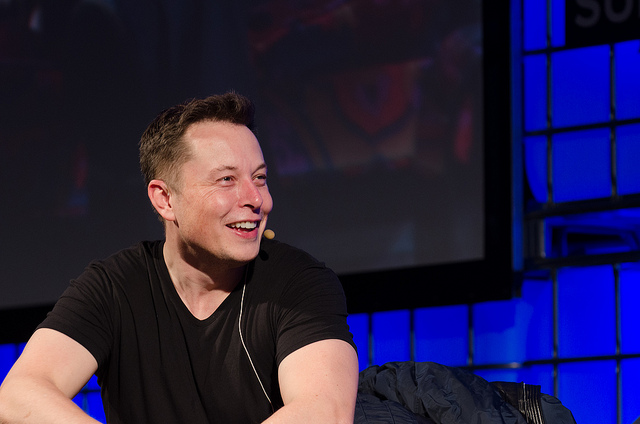 Elon Musk confirms Twitter CEO resignation, allegations of investor influence raised
Elon Musk confirms Twitter CEO resignation, allegations of investor influence raisedNews Questions have surfaced over whether Musk hid the true reason why he was being ousted as Twitter CEO behind a poll in which the majority of users voted for his resignation
By Ross Kelly
-
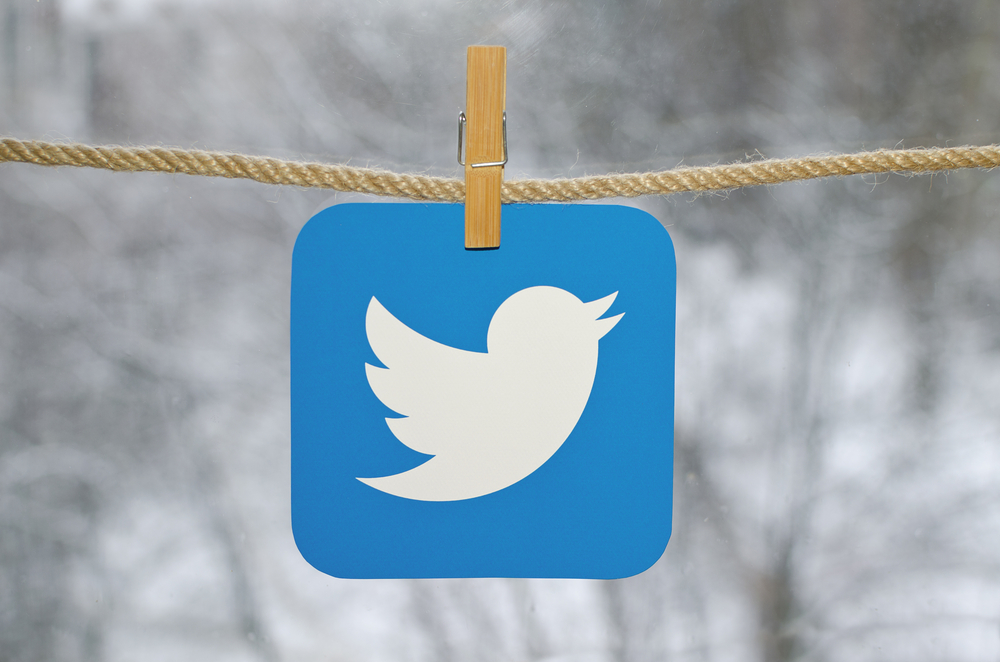 Ex-Twitter tech lead says platform's infrastructure can sustain engineering layoffs
Ex-Twitter tech lead says platform's infrastructure can sustain engineering layoffsNews Barring major changes the platform contains the automated systems to keep it afloat, but cuts could weaken failsafes further
By Rory Bathgate
-
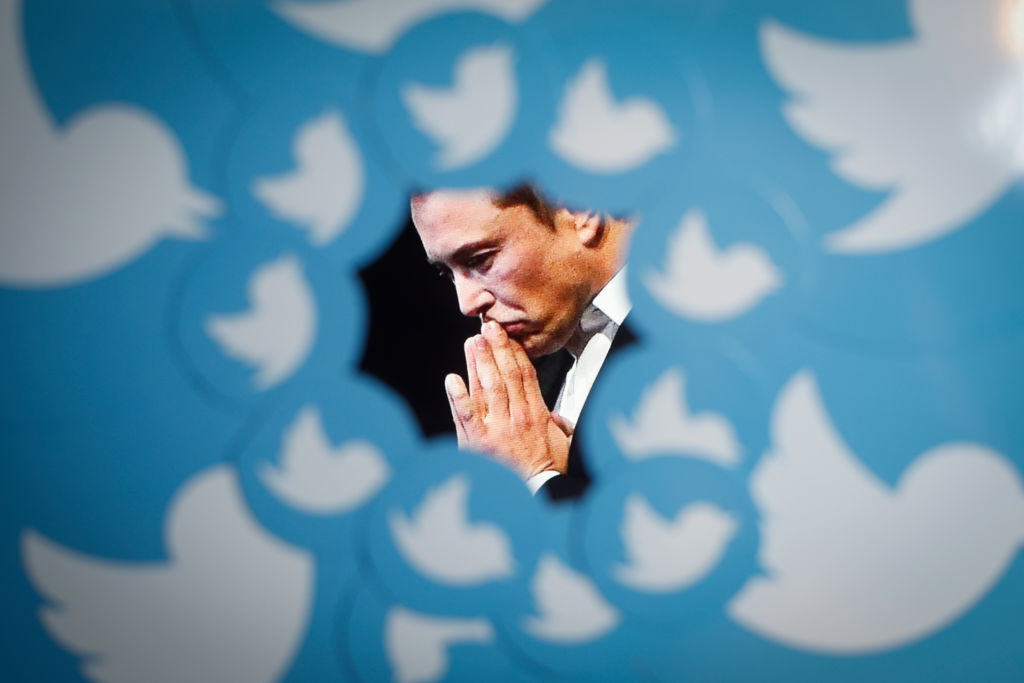 ‘Hardcore’ Musk decimates Twitter staff benefits, mandates weekly code reviews
‘Hardcore’ Musk decimates Twitter staff benefits, mandates weekly code reviewsNews The new plans from the CEO have been revealed through a series of leaked internal memos
By Connor Jones
-
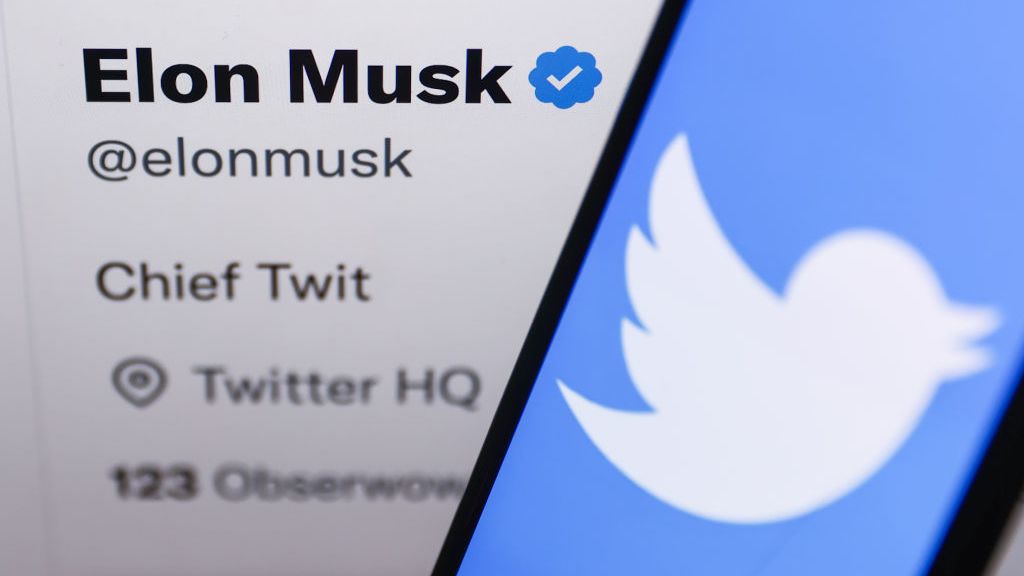 Twitter could charge $20 a month for 'blue tick' verification, following Musk takeover
Twitter could charge $20 a month for 'blue tick' verification, following Musk takeoverNews Developers have allegedly been given just seven days to implement the changes or face being fired
By Rory Bathgate
-
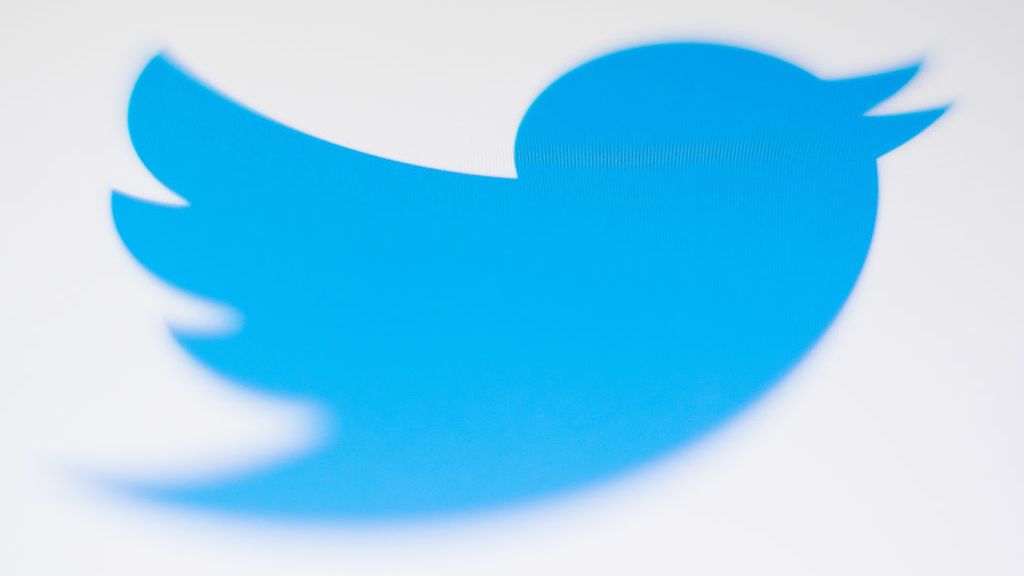 Twitter reports largest ever period for data requests in new transparency report
Twitter reports largest ever period for data requests in new transparency reportNews The company pointed to the success of its moderation systems despite increasing reports, as governments increasingly targeted verified journalists and news sources
By Rory Bathgate
-
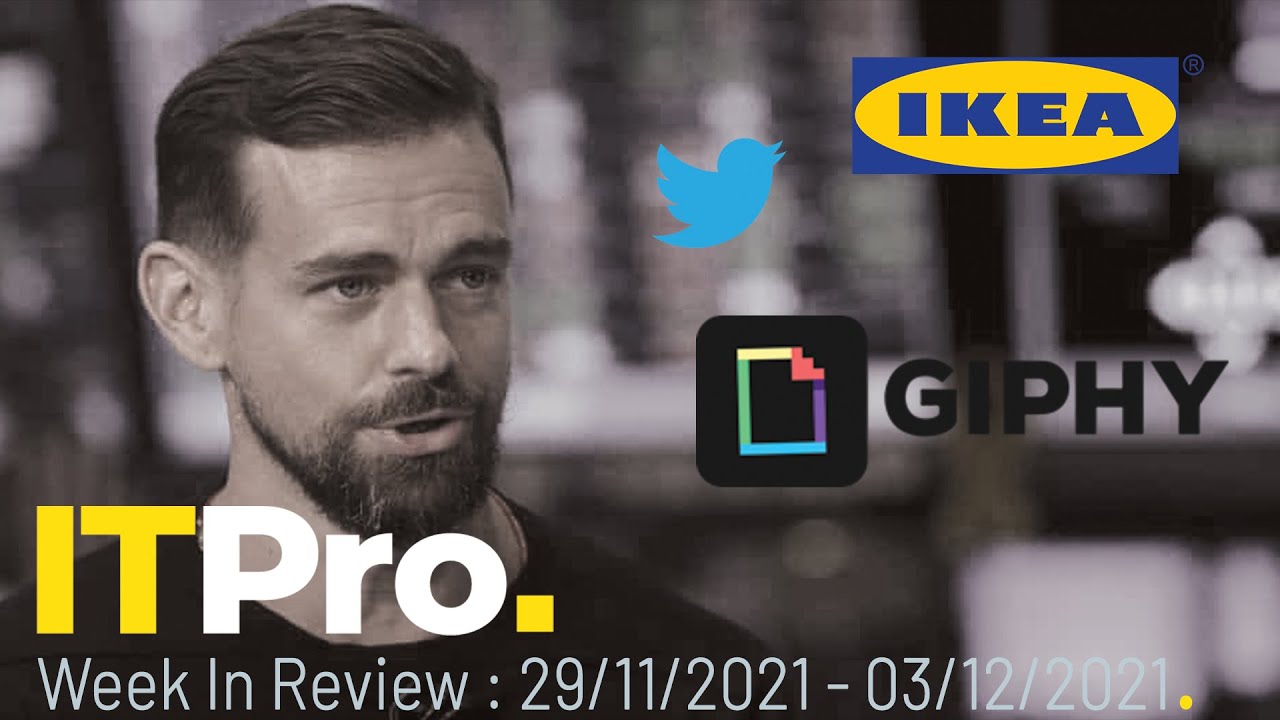 IT Pro News In Review: Cyber attack at Ikea, Meta ordered to sell Giphy, new Twitter CEO
IT Pro News In Review: Cyber attack at Ikea, Meta ordered to sell Giphy, new Twitter CEOVideo Catch up on the biggest headlines of the week in just two minutes
By IT Pro